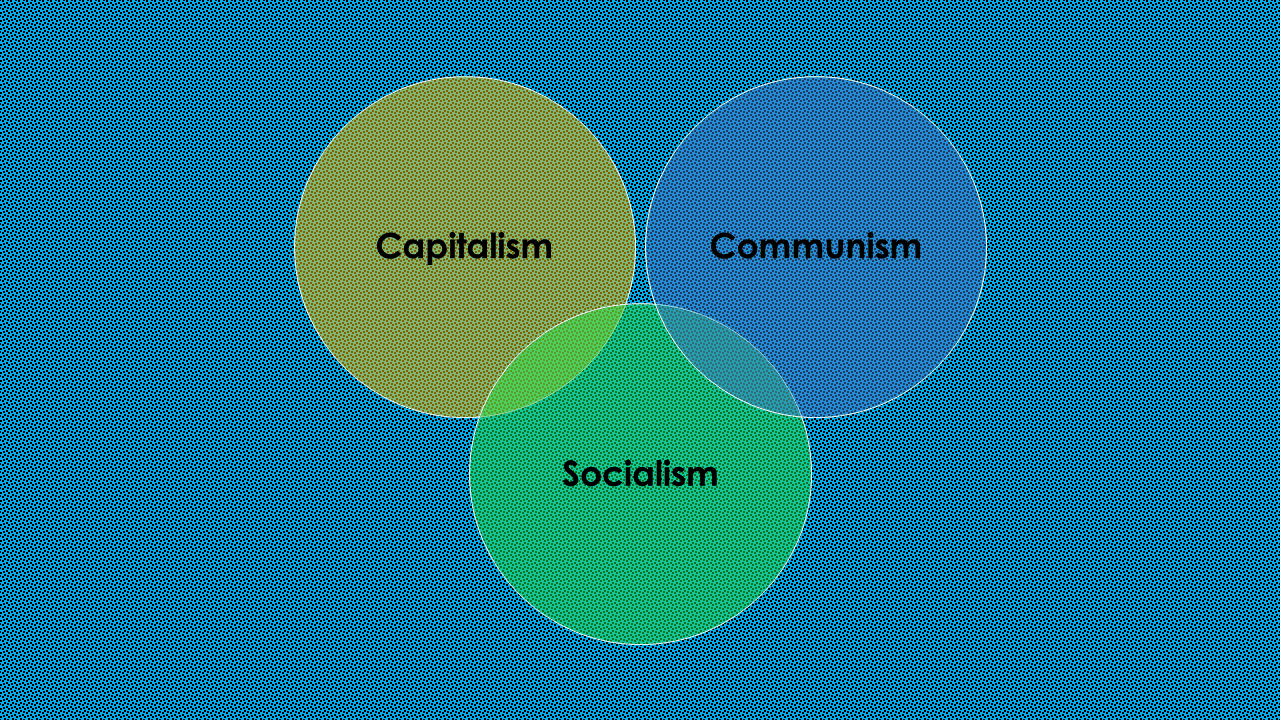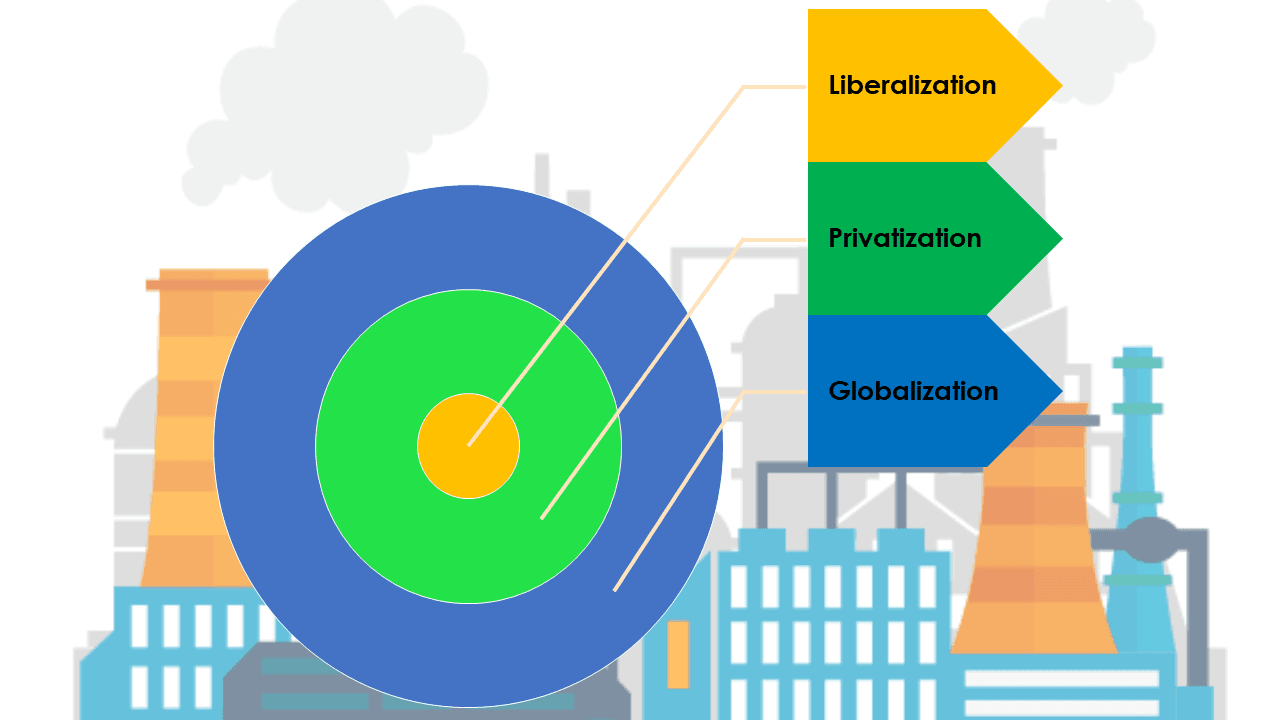Explore the legacy of the Distributed Computing Environment (DCE), a groundbreaking framework that aimed to streamline communication between diverse systems in the early days of distributed computing. Discover its key components, historical significance, and lasting impact on modern technologies like cloud computing and microservices.
Distributed Computing Environment (DCE): The Unsung Hero of Distributed Systems
Picture a time when the Internet was just starting to buzz, and companies were scrambling to connect computers across vast networks. Enter the Distributed Computing Environment (DCE)—a bold experiment in making computers talk to each other seamlessly, no matter where they were or what operating system they ran. Developed in the early 1990s by a dream team of tech giants like IBM, HP, and Digital Equipment Corporation under the Open Software Foundation (OSF), DCE was meant to be the ultimate toolkit for building distributed applications.
It promised to make networks feel like one big, happy computer family. But like many pioneers, it faced challenges—and while it didn’t become the household name its creators hoped for, its DNA is woven into the fabric of today’s tech. In this article, we’ll explore everything about DCE: what it is, how it works, why it mattered, and where it stands now. No tech jargon overload—just a clear, fun dive into a piece of computing history that still echoes today. Let’s get started!
What Is DCE?
At its core, Distributed Computing Environment (DCE) is a software framework designed to simplify the creation of distributed applications—programs that run across multiple computers connected by a network. Think of it as the glue that holds a network together, making sure all the pieces (servers, clients, databases) can communicate, share resources, and stay secure without the user even noticing the complexity behind the scenes.
Here’s the official take:
- Distributed Computing Environment (DCE) (noun): A middleware platform that provides a set of integrated services—like remote procedure calls, security, and time synchronization—to support the development and management of distributed applications across heterogeneous systems.
In simpler terms, DCE is like a universal translator for computers, letting them work together even if they speak different “languages” (i.e., run different operating systems or use different hardware).
The Building Blocks: Key Components of DCE
DCE isn’t just one tool—it’s a whole toolbox. Here are the main components that make it tick:
- Remote Procedure Call (DCE/RPC): The star of the show. RPC lets a program on one machine call a function on another machine as if it were local. It’s like ordering takeout—your app doesn’t need to know how the kitchen works, just that the food arrives.
- Security Service: Keeps the bad guys out with authentication (proving who you are) and authorization (deciding what you can do). It’s based on Kerberos, a trusted security protocol still used today.
- Naming Service: A directory that helps apps find each other across the network, like a phone book for servers.
- Time Service: Synchronizes clocks across machines, ensuring everyone’s on the same schedule—crucial for coordinating tasks and maintaining data consistency.
- Distributed File System (DCE/DFS): Lets users access files from anywhere in the network as if they were on their own computer, with features like replication for better performance and reliability.
These components work together to create a seamless environment where applications can run across multiple machines without the user noticing the complexity.
How It Works: The Magic Behind the Scenes
DCE is built on a client-server model, where:
- Clients (like your laptop) request services.
- Servers (like a database or file server) provide those services.
Here’s a quick breakdown of how it all fits together:
- RPC in Action: When a client needs something from a server—say, data from a remote database—it uses RPC to make the request. The RPC system handles the communication, making it look like a local function call.
- Security Check: Before granting access, the security service verifies the client’s identity and permissions.
- Finding the Right Server: The naming service helps the client locate the correct server, even if it’s on the other side of the network.
- Syncing Up: The time service ensures both machines are on the same clock, preventing timing-related errors.
- Accessing Files: If the client needs a file, DCE/DFS makes it available, even if it’s stored on a different server.
This setup allows applications to scale across many machines, making the system more flexible and powerful.
The Cell: DCE’s Organizational Unit
In DCE, the network is divided into cells—self-contained units that include machines, users, and resources. Each cell has:
- A cell administrator with top-level privileges.
- Its own security and directory services.
Cells can communicate with each other, allowing for larger, interconnected networks. This structure makes DCE scalable, as new cells can be added as the network grows.
Why It Mattered: The Vision Behind DCE
Back in the early 1990s, distributed computing was the next big thing. Companies wanted to connect their systems across offices, countries, and even continents. DCE aimed to:
- Unify Diverse Systems: Let different hardware and operating systems work together smoothly.
- Boost Security: Provide robust authentication and authorization in a distributed setup.
- Simplify Development: Offer developers a standard toolkit so they don’t have to reinvent the wheel for every new app.
At the time, this was revolutionary. DCE was one of the first comprehensive solutions for building secure, scalable distributed systems.
The Reality Check: Why DCE Didn’t Take Over the World
Despite its promise, DCE didn’t become the go-to solution for distributed computing. Here’s why:
- Complexity: Setting up and managing DCE was no walk in the park. It required specialized knowledge and significant resources.
- Competition: Technologies like CORBA (Common Object Request Broker Architecture) emerged, offering similar features with different trade-offs.
- The Internet Boom: The rise of the web, Java, and web services in the mid-to-late 1990s shifted focus away from DCE. Simpler, more flexible solutions became the new darlings of the tech world.
By 1995, while major vendors supported DCE, its adoption lagged behind expectations. It was powerful but often overkill for smaller projects.
DCE’s Lasting Legacy
Even though DCE didn’t dominate, its influence is still felt today:
- Microsoft’s DCOM and ODBC: These widely used systems rely on DCE/RPC for their network communication.
- Kerberos: The security protocol DCE used is now a standard in many systems, from Windows to Linux.
- Distributed Systems Concepts: Ideas like RPC, naming services, and time synchronization are cornerstones of modern distributed computing.
In a way, DCE was ahead of its time—laying the groundwork for the distributed systems we rely on today.
Real-World Applications: Where DCE Shone
Despite its challenges, DCE found a home in industries that needed robust, secure distributed systems:
- Finance: Banks used DCE to manage transactions across branches, ensuring data consistency and security.
- Telecommunications: Telcos relied on DCE to handle billing and customer data across vast networks.
- Government: Agencies used DCE for secure communication and resource sharing between departments.
These sectors valued DCE’s security and scalability, even if it meant dealing with its complexity.
The Challenges: What Held DCE Back
Beyond complexity, DCE faced other hurdles:
- Cost: Implementing DCE required significant investment in hardware, software, and training.
- Interoperability Issues: While designed to be vendor-neutral, integrating DCE with existing systems wasn’t always seamless.
- Performance Overhead: The layers of abstraction sometimes slowed things down, especially in smaller networks.
These factors made DCE a tough sell for organizations that didn’t need its full power.
DCE Today: A Historical Footnote or Still Relevant?
By 2025, DCE will be more of a historical artifact than a cutting-edge solution. However, its concepts live on:
- Cloud Computing: Modern cloud platforms use similar principles—RPCs, security services, and distributed file systems—to manage vast networks of servers.
- Microservices: Today’s trend of breaking applications into small, independent services echoes DCE’s client-server model.
- Open Standards: DCE’s push for interoperability paved the way for today’s open-source and cross-platform solutions.
So, while you might not be installing DCE on your laptop, its legacy shapes the tech you use every day.
The Final Word: DCE’s Place in Tech History
Distributed Computing Environment (DCE) was a bold attempt to tame the wild west of early distributed computing. It offered a comprehensive toolkit for building secure, scalable applications across diverse systems—but its complexity and the rise of simpler alternatives kept it from widespread adoption. Still, its influence is undeniable, with key components like RPC and Kerberos becoming staples of modern computing.
For tech enthusiasts, DCE is a reminder that even “failed” technologies can leave a lasting mark. It’s a chapter in the story of how we learned to make computers work together—and a testament to the pioneers who dared to dream big.
So, next time you seamlessly access a file from the cloud or log into a secure network, tip your hat to DCE—it helped pave the way.





Leave a Reply